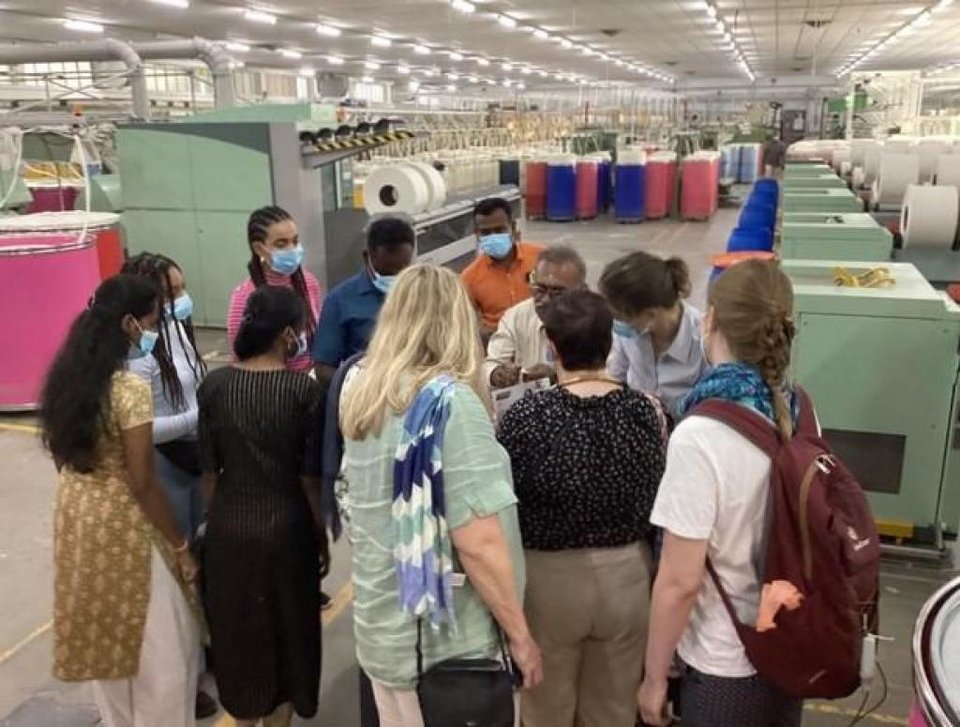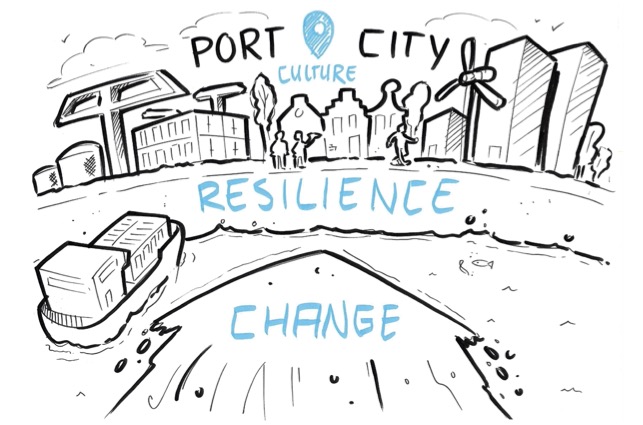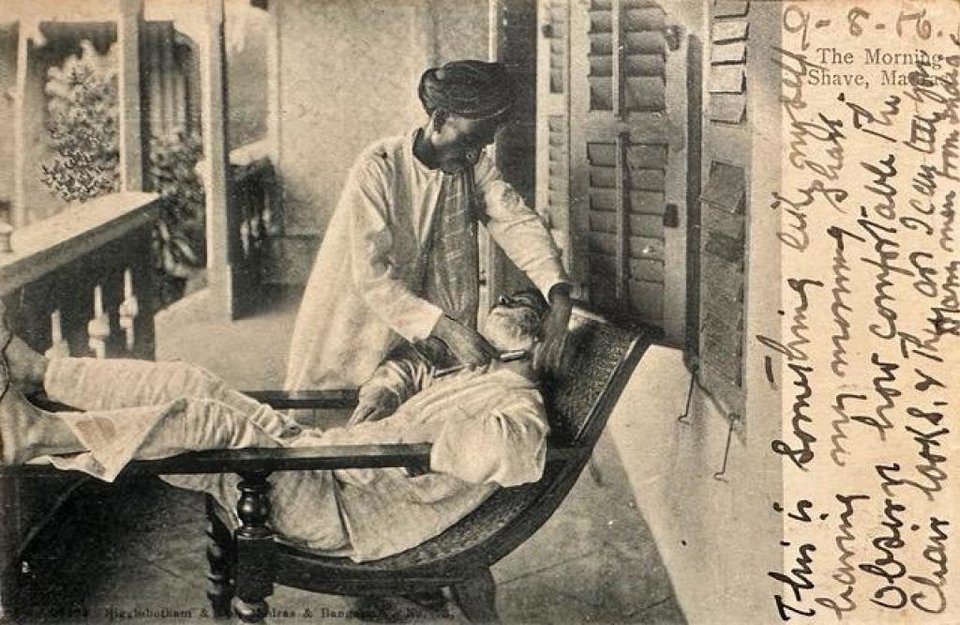History, Form & Aesthetics
History, Form and Aesthetics studies long-term developments, design processes, and perceptions of architectural and urban forms. Seen through the lenses of history and form, the activities of History, Form and Aesthetics relate to both past and present, and to built and imagined places, from ruins to paper projects. The research unit's two fields of inquiry – history and form – provide insight into historical sources and historiographies, and into the expressions and affects of spatial forms. History, Form and Aesthetics researches how the physical environment is designed, perceived, studied, archived and curated. The exploration and assessment of tools and techniques for research and design activities are pivotal in this endeavour.
History, Form and Aesthetics holds that understanding the past to rethink the present and design the future is key to grasping processes that have shaped architectural and urban development in the past, and to forming the foundation for meaningful, sustainable and just design of the immediate and distant future. Accordingly, the research unit prioritises inquiry into processes of development over moments of invention. History, Form and Aesthetics believes in the power of “re” as a prefix to emphasise long-term thinking through re-visiting, re-tracing, re-thinking, re-imagining, re-designing and re-generating.
History, Form and Aesthetics studies the processes of architectural and urban projects. This includes every stage, from project initiation, imagination and representation in the design process, to construction, lived spaces, abandonment, demolition and memory. The research unit investigates these stages in relation to each other and as inherently dynamic. Out research is thus multi-scalar and entails both material processes, such as form-finding, (de)formation and transformation; and immaterial ones, such as flows, nodes, and networks.
In our intent to understand places through the wider lenses of time and place, the research unit engages with processes of perception of constructed environments. Convinced of their impact on long-term environmental and societal change, we investigate the agency of architects, urban planners and researchers in how people sense, live, interpret, remember and value architectural and urban form beyond popular and prioritised architectural and urban movements to expand the awareness and perception of the built environment.
We approach heritage as a specific question of perception and as a process of attributing value, in which we recognize and lay bare the role of researchers and designers in working with collections and archives combined with the study of literature, visual arts, oral histories and first person observations. In our research we expand the notion of heritage as artefacts of the past into heritage as a reminder of earlier practices and inspiration for the future, emphasising our focus on long-term developments.
Ultimately, History, Form and Aesthetics understands the built environment as material, composed, crafted and fabricated, and preceded by an iterative process of making and perceiving. In order to understand the pivotal place of agency of architects and planners, the design process is in itself a topic of research in which physical models and hand drawings are studied as tools to think with. We engage with the question of aesthetics through making and with that, explore, reflect and assess how rational, embodied and intuitive knowledge synthesises towards poetic precision.
Members
Research staff:
- Matteo D'Agostino
- Carola Hein
- Everhard Korthals-Altes
- Rachel Lee
- Reinout Rutte
- Elise van Dooren
- Charlotte van Wijk
- Mieke Vink
- Cor Wagenaar
- Aart Oxenaar
- Carlien Donkor
- Paolo De Martino
- Maëlle Salzinger
- John Hanna
- Vincent Baptist
Post docs:
PhDs:
- Penglin Zhu
- Jungmin (Jamie) Yoon
- Gong Zhang
- Serah Calitz
- Alankrita Sarkar
- Ghazal Mosafer Zadeh
- Wenjun Feng
- Seyong Kim
- Hadi El Hage
- Sofia Souvatzoglou
- Abhijeet Chandel
- Yingying Gan





